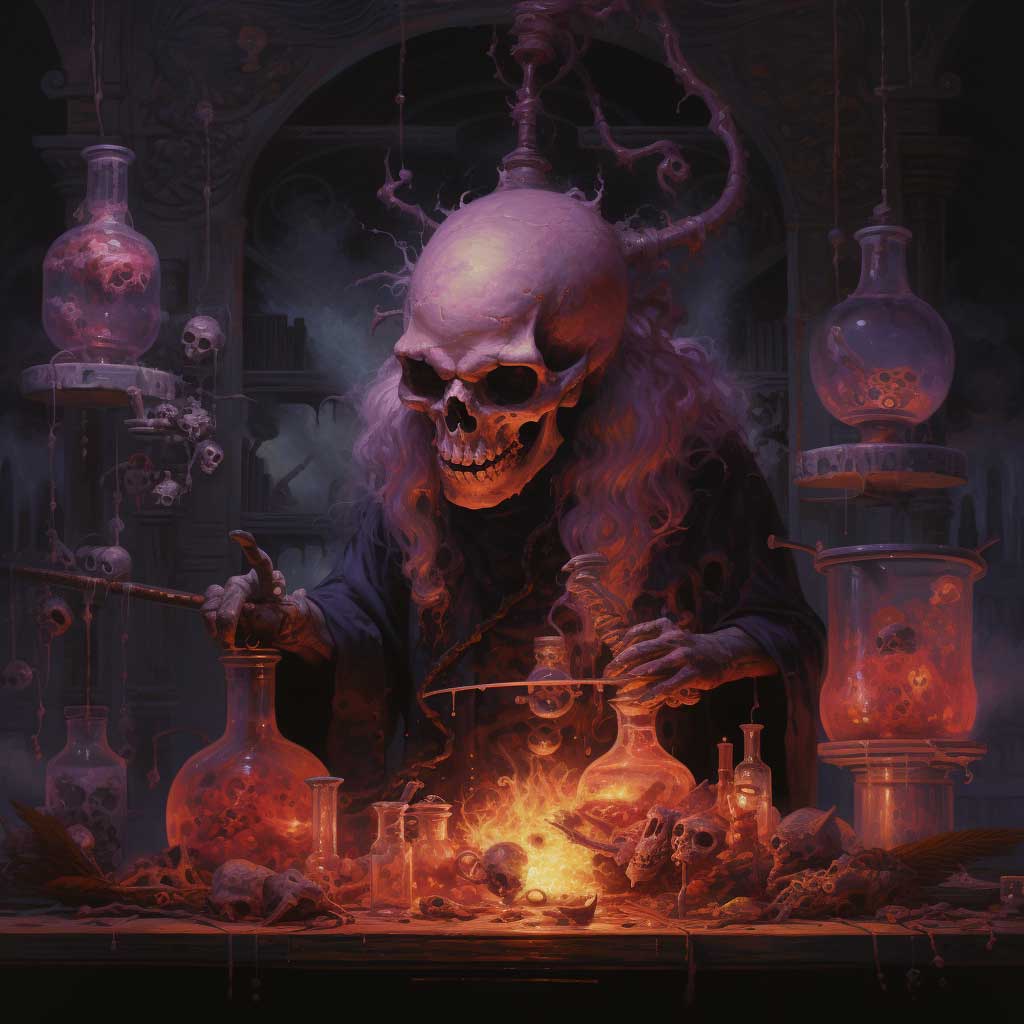A Lethal Elixir Exploring the History of Poison
Throughout history, poison has intrigued and horrified humanity in equal measure. Its use as a deadly weapon, a sinister tool of intrigue. Even a source of inspiration for myths and legends, has left an indelible mark on our collective consciousness.
A Lethal Elixir Exploring the History of Poison
The Most Dangerous Poisons
Arsenic: Nicknamed the “inheritance powder,” arsenic has a long and sinister history as a poison of choice.
Tasteless, odorless, and nearly impossible to detect at times, it earned its deadly reputation due to its prevalence in nature. It is a posion very easy to obtain.
Cyanide: Known for its rapid and lethal effects, cyanide disrupts the body’s ability to use oxygen.
Numerous high-profile cases, such as the Nazi regime’s method of execution used it. The “pill” carried by spies to avoid capture, and the infamous 1982 Chicago Tylenol poisonings.
Ricin: Derived from the castor bean plant. Ricin is a highly toxic substance that gained notoriety for its inclusion in assassination attempts and acts of terrorism.
It can be ingested, inhaled, or injected, making it a versatile and dangerous tool.
Belladonna: Also known as deadly nightshade, belladonna contains tropane alkaloids that can induce hallucinations, delirium, and even death.
Historically, it was used by some cultures for cosmetic purposes and to dilate the pupils, giving the appearance of beauty.
Historical Uses of Poison
Poison’s history stretches back to ancient civilizations, where it was employed for various purposes, including political intrigue and warfare.
In 399 BC, the Greek philosopher Socrates was sentenced to death by drinking a hemlock-based poison.
Poison gained infamy during the Renaissance as a favored method of assassination among nobles and courtiers.
Notable instances include the “poison ring” worn by members of the Italian Borgia family and the deadly intrigue surrounding King Henry II of France.
Famous Victims of Poison
Alexander the Great: While the exact cause of his death remains debated, many historians believe that Alexander the Great succumbed to poison. Possibly at the hands of a rival or conspirator.
Napoleon Bonaparte: Napoleon’s health deteriorated during his exile on Saint Helena due to arsenic exposure from various sources.
Grigori Rasputin: The mystic and confidant of the Russian Romanov family met a grisly end when he was poisoned with cyanide-laced cakes, followed by multiple gunshots and drowning.
A Lethal Elixir Exploring the History of Poison



















